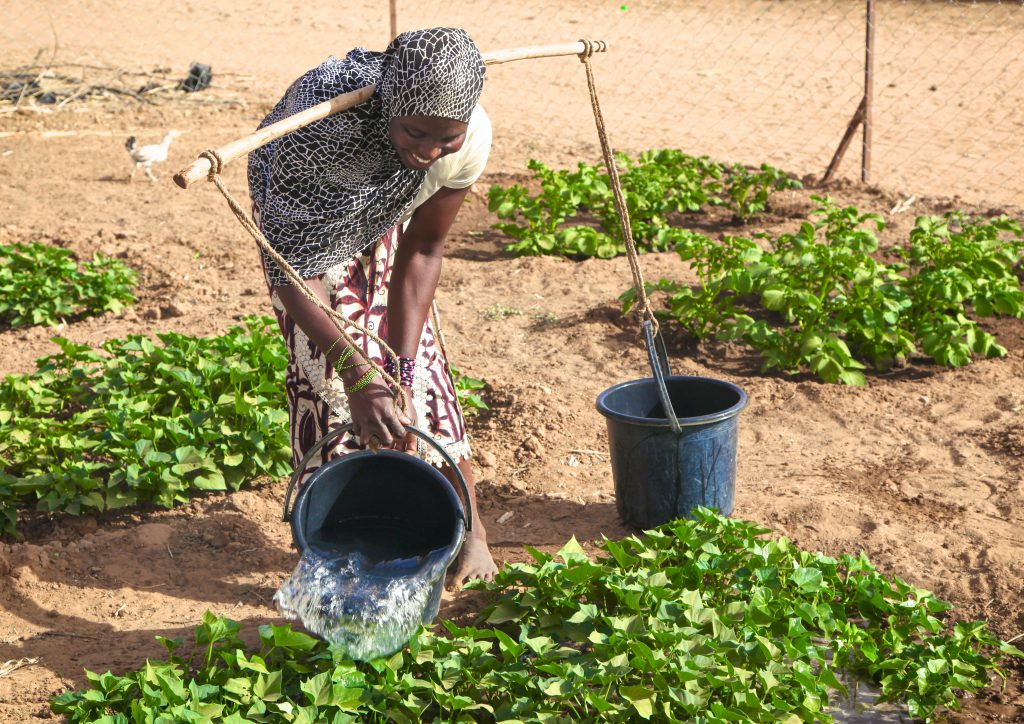by Raphaela Barros Prado
The weather around the world is changing as evidenced by the many natural disasters and growing patterns of abnormal weather like droughts and heat waves. The temperature in the US for example, has risen by 1.8F, while the Earth’s average temperature has increased by about 2 degrees Fahrenheit since the beginning of the twentieth century.
Climate change affects people’s lives in poor regions like Niger, as the availability of usable land goes down and water sources became less reliable. Niger is located in the middle of the Sahel, and climate change is even worse in this area, where the temperatures are rising 1.5 times faster than in any other place. For this reason, people decide to migrate to other places that may be dangerous or join armed groups because of the lack of opportunities in the area. Thus climate change is contributing to an increased violence in these areas.
Although the situation in places like Niger is delicate and complicated, there are different ways to help improve the population’s quality of life. For example, building partnerships and investing in new financial models can be a good start. Local organizations, donors and scientists could work together with communities to create and implement long-term solutions. For example, Wells Bring Hope makes an impact in communities that have contaminated water by providing clean water and drilling new wells. Wells Bring Hope also stays in the community for 15 years, making monthly visits to ensure that the new practices become ingrained in daily behavior.

When a well is drilled, life in a village is transformed. Of course, the well means that there is a nearby source of safe, clean water, so women and girls no longer have to walk miles every day to access unsafe water sources that are becoming more depleted every day. There is, however, another key benefit that is becoming increasingly important as more frequent droughts lead to more frequent famines. When a new well is drilled, villagers are taught how to use grey water and drip farming to grow gardens, which provide essential nutrition and help to ward off starvation during times of famine.
In addition, providing education, training, and jobs, will empower people to find solutions for themselves. All of these strategies require financial support and mechanisms to extend the humanitarian help around these areas. There are a few projects providing hope for Sahel’s population. One such project is the Great Green Wall Initiative, which was adopted by the heads of state of eleven founding countries and was designed as a reforestation belt with more than 4,400 miles of extension and about 9,300 miles wide across Africa. The original goal was to understand the effects of desertification and then stop the advance of the desert. The reforestation would include 100% of indigenous species. Albeit there are some challenges, the project is currently underway. Hopefully more initiatives like this one will be developed and will have a big impact on people’s lives in the Sahel region.
SOURCES:
https://www.africanews.com/2019/01/22/mali-niger-climate-change-and-conflict-make-an-explosi ve-mix-in-the-sahel/
https://www.encyclopedie-environnement.org/en/life/green-wall-hope-greening-sahel/



